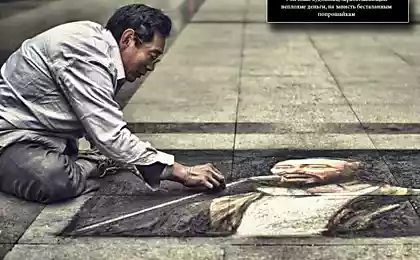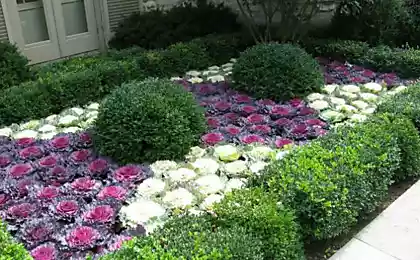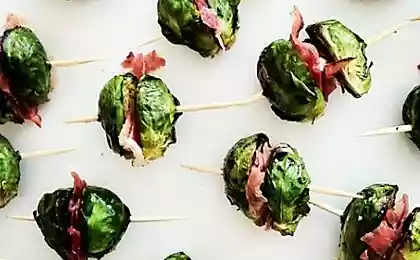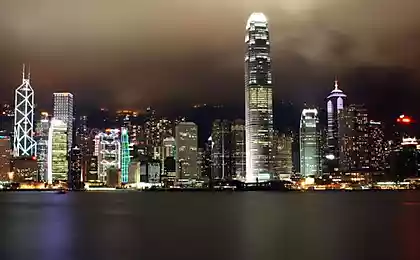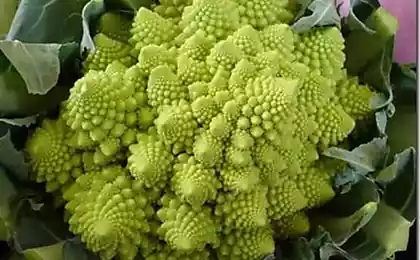170
Why do Chinese people walk with cabbage?
This summer in Beijing you could see a strange sight: young people drag cabbages on a leash, as if walking pets. What is it? Unconventional sense of humor, new fashion or perhaps a desperate attempt to avoid boredom? - As it turns out, all together! But most importantly, the green vegetable serves as a kind of social advertising designed to draw people’s attention to the problems of modern China.
At first glance, it seems that appetizing coaches on a leash are another opportunity for young people to meet someone, and “weird” pets are the best way to start a conversation: “Cabbage!” Come here! Excuse me, is she bothering you? She's so unmannered... If you don't behave, I'll put it in the corner of the fridge!
Surprised journalists, teenagers say that walking with cabbage helps them cope with emotional experiences: “I feel that I can convey all the negative thoughts to the cabbage head. I go for a walk with him and come home freshened, says 17-year-old Liu Chen. Another teenager jokingly said that cabbage understands him even more than his parents.
In fact, the cabbage boom is nothing more than a large-scale flash mob in support of contemporary art by artist Han Bing, in particular his series of deeply symbolic shots “Walking the Cabbage”. This idea was born in 2000, and since then the artist has created a large number of funny in their seriousness photos. The scenery for the pictures was Times Square, the Champs Elysees, the Chinese Wall and many other well-known corners of the planet.
The project deals with quite important problems of modern Chinese (and not only!) society. On the one hand, Khan raises the topic of social values. The fact is that, like bread in our country or the famous Belarusian potatoes, cabbage is the main and most affordable food in China. If once a full barn of strong coaches in the middle of winter was a symbol of prosperity, comfort and stability, today the rich have left a modest vegetable aside, swapping it for gluttony in expensive restaurants, where the waste of food only emphasizes status.
At the same time, for the average Chinese, the value of cabbage has not changed – even the poorest segments of the population can still afford it. And dragging the photographer on chains, the green vegetable at the same time indicates social inequality, and disrespect the “elite” for food, the labor of those who grow it, and nature as such (we are talking about the rigid urbanization of land).
As Han Bin writes in his essay Everyday Precious and the Predicament of Modernisation: We were said to be on the path to happiness, stepping from the deceptive fantasies of the past into the feverish frenzy of economic modernization. The consequences of so-called globalization are the decline of some regions of the country and grotesque pampering in others. Meanwhile, a world that has existed for five thousand years is disappearing under rubble.” Han Bin and his modest pocket ask the audience to stop and think: what are we striving for and at what cost?
On the other hand, Han Bin directly addresses the issue of individual freedom. Every person deserves to be perceived by others normally – even if he stands out from the crowd. Therefore, the artist wanders with cabbage on a leash both in the countryside and in the central streets of cities, demonstratively not paying attention to walking onlookers and ubiquitous cameras. “I hope that one day everyone will be free to choose what they like,” says Khan.
Source: facepla.net
The idea of the season— dishes with blueberries
People work more willingly and better when they are led by robots.
